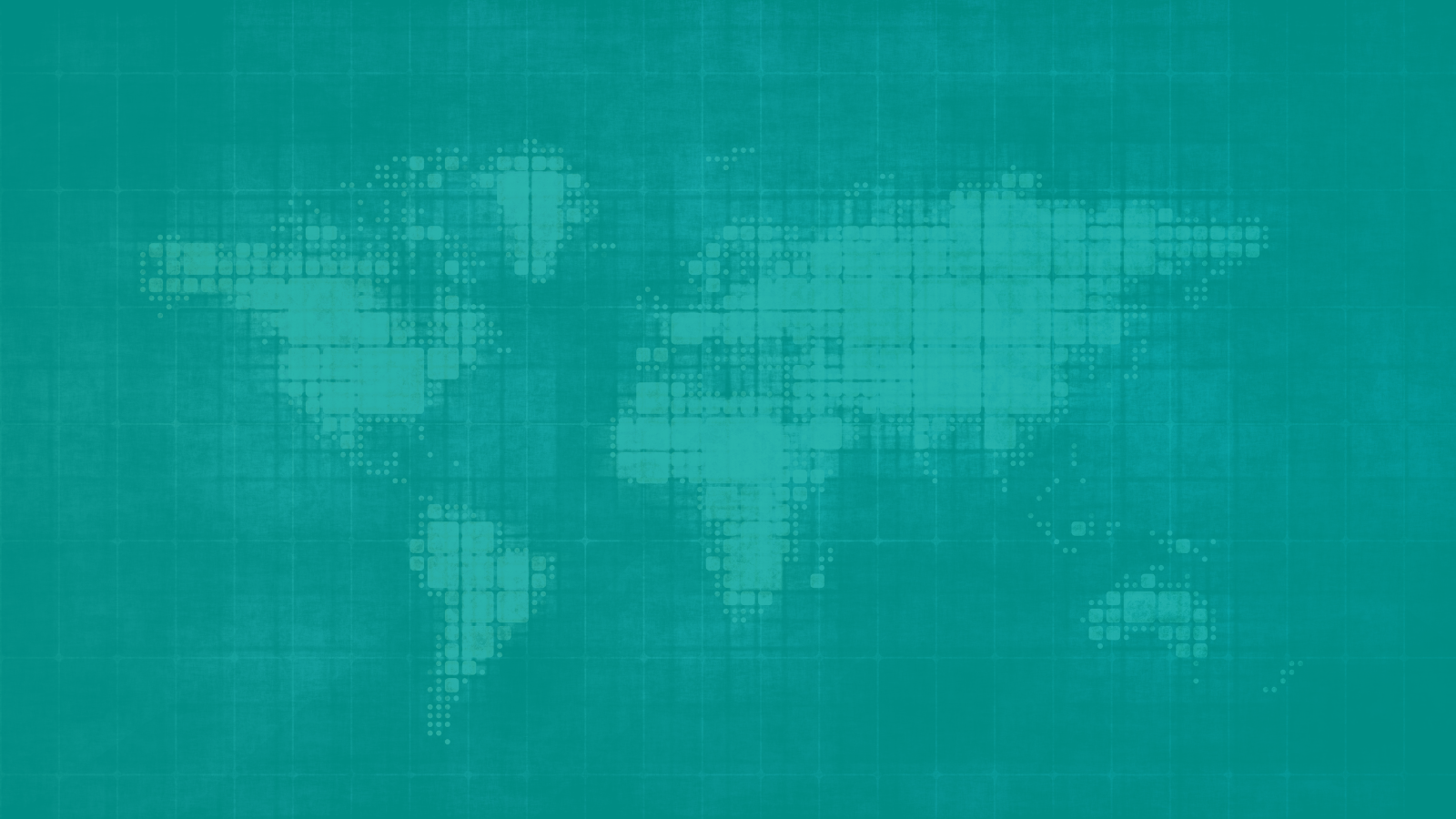Registration
You will receive an email confirming your registration.
Since October 2023, the historic Israel-Palestine conflict has escalated, with increased violence, widespread destruction, and an acute humanitarian crisis. Military maneuvers between Iran and Israel have amplified the risks emerging from regional instability. For India, these events unfold amidst its overtures to the region in recent years. How can states within West Asia and beyond avert a regional conflict? What is New Delhi’s assessment of its concerns, opportunities, and challenges?
Carnegie India hosted Gaddam Dharmendra for an expert briefing on West Asia and Iran’s military and diplomatic strategy in the region. The discussion was moderated by Rudra Chaudhuri.
DISCUSSION HIGHLIGHTS
External Dynamics: Participants discussed how West Asia is part of an extended strategic framework that informs Iran’s dynamic with the Gulf Cooperation Council (GCC) countries and other actors such as the United States and Russia. The discussion considered two prongs of Iran’s influence in the Middle East. First, Iran’s operation in the Israel-Hamas war between October 2023 and April 2024 included its indirect compliance through the “forward defense” strategy. This enabled the destabilization of the wider region by supporting non-state militia such as the Houthis in Yemen, Hezbollah in Lebanon, and militia in Syria. Owing to this support of proxies, Iran has been repeatedly successful in deploying an “attributable but deniable” stance for itself. Second, Iran’s “Neighborhood First” and “Look East” policies, aimed at establishing diplomatic reconciliatory relationships in the region, include confidence-building measures (CBMs) such as the one facilitated with Oman between Saudi Arabia and the UAE. The discussion delved into Iran’s desire to control “escalatory dynamics” in the region while being unable to exercise “escalatory dominance.”
Internal Dynamics: Participants discussed the power structure and operations under Iran’s supreme leader and its impact on the country’s economy. The supreme leader appoints and directs all governing bodies in the country. It was argued that the rise of hardliners in Iran’s consultative assembly, the Majlis, and the sidelining of pragmatists under former president Hassan Rouhani, indicates that the system continues to have ideological roots in the 1979 revolution. The rise of the new generation of hardliners signals the redrawing of Iran’s redlines and the era of strategic patience to be over. For instance, the Joint Comprehensive Plan of Action (JCPOA), which once helped monitor hardliners and empower pragmatists, stands at risk as Iran’s nuclear program has “gone dark” to the international community. Iran’s changing nuclear policy and growing “risk appetite” was brought into question considering the implication of this development of nuclear capabilities for the neighboring countries in the region. As the discussion progressed, participants inquired into Iran’s self-sustained internal economy, which emerged despite heavy sanctions imposed against it. They examined the status of various domestic industries in the economy and, finally, called for increased investment in the energy and infrastructure sectors.
India-Iran Bilateral Relations: India-Iran bilateral relations remain deep, robust, and well-founded. The discussion focused on three key parameters, cultural ties, trade, and infrastructure developments, particularly the Chabahar Port. First, Iran shares a cultural connection with Shia populations in India, evident through communication in Hindi and Urdu on social media platforms and the abstinence from commenting on the Kashmir issue out of respect for their Indian counterparts. Second, trade between the two countries has held steady at $2 billion, dominated by oil exports to India. Third, the development of Chabahar Port remains a crucial infrastructure project. In phase 1 of the development Ppogress, a 16-meter-deep water port protecting the habor was constructed. Disturbances in the Red Sea due to Houthi presence has rendered the Chabahar Port a strategic location, allowing India and Iran to preserve global trade supplies due to increased traffic. In aid of the disturbance in Afghanistan, the World Food Programme (WFP) is supplying aid through the port, adding to the increased traffic. Both countries stand to benefit from the port’s enhanced operations, as demonstrated by India’s complete takeover of part of the port (the Shahid Beheshti Port) in 2018.
